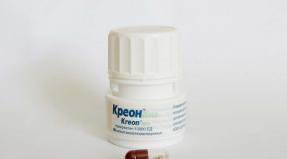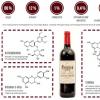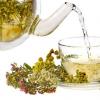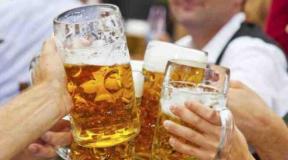How does alcohol affect the pancreas?
Persons prone to alcohol consumption are prone to diseases of the pancreas (PZh). In the presence of chronic pancreatitis in 48% of cases, alcohol provokes an exacerbation of the disease and the development of pancreatic necrosis. Pathology of the pancreas causes severe allergic reactions to alcohol.
It has been proven that the use of alcoholic beverages damages the cells of the pancreas, retina, kidneys and lungs. In addition to the effect of alcohol on the liver, dangerous changes occur in the tissues of the brain. The remaining listed organs, including the pancreas, are restored after 8 days, provided that the use of alcoholic beverages is stopped.
Features of the pancreas
Since the pancreas is an organ with equally important for humans (digestive and endocrine), the features of its work are due to the structure of tissues. The parenchyma of the gland has a glandular structure with a lobular structure: it consists of acini with excretory ducts and islets of Langerhans located between the lobules.
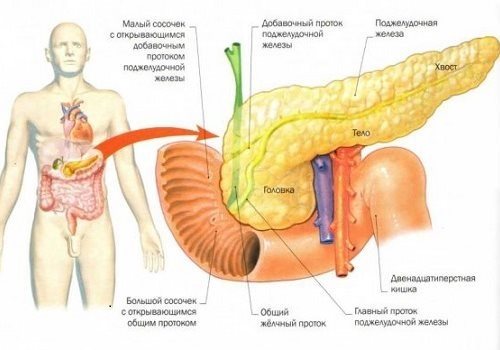
In the cells of the acini, pancreatic juice and enzymes are secreted, which are excreted through the system of small and common (Wirsung duct) into the small intestine, carrying out the process of digestion.
The islets of Langerhans are made up of several types of hormone-producing cells. The main ones are: insulin, glucagon, somatostatin (11 in total are produced). They, getting into the blood, control metabolism. The role of the pancreas in carbohydrate metabolism is especially important: with a lack of insulin, diabetes mellitus develops, requiring lifelong treatment.
What is the danger of alcohol for the pancreas?
It is believed that the lower level of a dangerous dose of alcohol for the pancreas is about two sips. Toxic for the pancreas is, according to various sources, the amount of 20 ml to 50 ml per day of pure ethanol, regardless of the strength of the drink. Ethanol content:
- in beer (500 ml) - 25.5 ml;
- in champagne (750 ml) - 90 ml;
- in cognac (500 l) - 200 ml.
Therefore, the use of low-alcohol drinks also leads to severe damage to the pancreas. Beer alcoholism develops insidiously, as many consider beer to be harmless. But in recent years it has become more and more common.
Consequences of alcohol abuse
Drinking alcohol causes stagnation of bile and changes in the pancreas of the drinker. When abused, an inflammatory process occurs in the pancreas. Acute pancreatitis can be complicated, which is a life-threatening condition. When hormonal function is disturbed, diabetes mellitus occurs. All organs are affected by alcohol:
- liver - active hepatitis develops with a rapid transition to cirrhosis (with alcohol abuse, cirrhosis occurs 10 times more often);
- heart and blood vessels - there is hypertension, coronary artery disease (ischemic heart disease);
- brain - strokes.
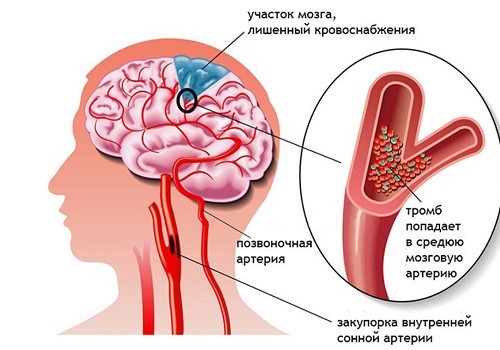
The lungs are affected, the immune status is reduced, the person is prone to infections, malignant neoplasms of various localization often develop.
Alcoholic pancreatitis
Damage to pancreatic cells occurs even with a single intake of alcohol. Its toxic effect is expressed in the degeneration and hypoxia of gland cells. Acetaldehyde, a product of the breakdown of ethanol, has a destructive effect on any organ. Damaged cells are replaced by connective tissue, blood microcirculation is disturbed, the nutrition of pancreatic cells is reduced, which further exacerbates the pathological process.
Irreversible changes in tissues develop slowly, over 8-12 years with daily use of alcoholic beverages, and lead to a violation of not only the digestive function, but also the endocrine function. The cells of the islets of Langerhans die, the synthesis of insulin decreases - as a result, carbohydrate metabolism is disturbed with the further development of diabetes mellitus.
The risk of developing pancreatic necrosis increases if fatty, spicy, smoked or fried foods are used as snacks after alcohol.
Under the influence of alcohol, other disorders also occur. The sphincter of Oddi spasms, the frequency of its contractility decreases, reflux occurs, the secretion of pancreatic juice and bile into the lumen of the duodenum is disturbed.
The walls of the Wirsung duct are irritated as a result of stagnation of the pancreatic secretion, and the inflammatory process intensifies.

The production of pancreatic juice is impaired:
- the amount of its liquid part sharply decreases;
- the secret becomes viscous;
- the decay products of damaged cells accumulate in the ducts.
This contributes to the formation of blockages in the duct.
The outflow of juice sharply decreases, the pressure in the ducts increases. Even a small amount of alcohol stimulates the synthesis of enzymes with a small amount of pancreatic juice. Enzymes from the ducts under high pressure enter the tissues of the pancreas and lead to self-digestion of the organ, destroying it. Pancreatic necrosis occurs.
Thus, alcoholic pancreatitis goes through 2 stages:
- Inflammatory - with damage to the epithelium of the ducts, which thickens, infiltration of the pancreatic parenchyma occurs.
- The calcifying stage is a sharp narrowing of the ducts, the formation of areas of calcification and conglomerates (stones).
Symptoms and signs of alcoholic pancreatitis
In the future, a dietary diet is prescribed with its gradual expansion under the supervision of a doctor.
Restoration of the pancreas with medicines
It is carried out in the hospital department where the patient is admitted. Tactics and choice of drugs depends on the severity of the condition. Therapy is aimed at restoring not only the functions of the pancreas, but also other digestive organs. Treatment includes:
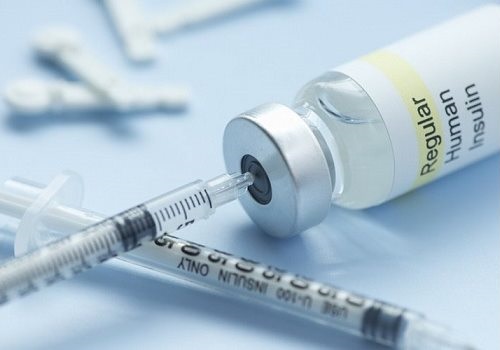
Folk ways to restore the pancreas
The pancreas is one of the main organs of the digestive and endocrine system. The complex structure of tissues and their vulnerability make the body extremely susceptible to any influences. Alcohol has a devastating effect on the cells of the pancreas, the structure of the tissue changes: normal cells are replaced by connective tissue, fibrosis is formed, the gland thickens and loses its functions. The changes become irreversible, it is impossible to restore the structure of the pancreas by folk methods, as well as by medication. Treatment should be under the supervision of a physician, since the development of severe fatal complications is likely even with minor errors in the diet or other violations of the regimen.
Due to changes in the tissues of the pancreas, pancreatitis may sharply worsen or an unexpected pronounced, up to shock, response to various herbs or other traditional medicine may appear. Therefore, self-medication is unacceptable, and any changes in therapy should be agreed with the doctor.
Bibliography
- Loit A.A., Zvonarev E.G. Pancreas: connection of anatomy, physiology and pathology. Clinical anatomy. No. 3 2013
- Samsonov M.A. Handbook of clinical dietology. M. 1998
- Sivokhina I.K. Handbook of clinical nutrition. Moscow New Wave 2000
- Markov V.K. Bad habits. Moscow AST 2010
- Levin B.M., Levin M.B. imaginary needs. 1987
- Shikhirev P.N. Live without alcohol? 1988
- Yagodinsky V.N. About the dangers of nicotine and alcohol. 1989


